The question of what it means to be a Jew or Israelite touches upon deep theological and covenantal themes rooted in Scripture. The Old Covenant (OC) provides the foundational framework for understanding the identity of the people of God, while the New Covenant (NC) in Christ redefines and fulfills these realities. Through an examination of the covenantal history and its fulfillment in the church, we can discern the evolving identity of Israel as God’s people.
The starting point of Israelite identity is the covenant God made with Abraham. While Abraham fathered both Ishmael and Isaac, only Isaac was considered the son of the covenant. Both sons were circumcised, but the covenant promise was specific to Isaac (Gen. 17:19-21). Circumcision marked inclusion in the covenant community, but this physical sign was insufficient on its own to secure the covenant blessings; faith and divine election determined true membership.
This distinction highlights a fundamental principle: covenant identity in the OC was never purely biological.[1] It was a matter of divine promise and faith, evidenced by God’s sovereign choice of Isaac over Ishmael. Even within Abraham’s household, circumcision extended to male servants, yet these individuals were not considered full heirs of the covenant in the same way Isaac was (Gen. 17:12-13, 23-27).[2]
The OC allowed Gentiles to join the covenant community under specific conditions, demonstrating that Israel was not an ethnically exclusive entity. A Gentile could become part of the covenant if they:
- Belonged to the household of an Israelite (Genesis 17:12-14).
- Embraced the faith of Abraham (Exodus 12:48-49).
- Waited three generations if they were Edomites or Egyptians (Deuteronomy 23:7-8).
- Waited ten generations if they were Ammonites or Moabites (Deuteronomy 23:2-3).
Tim Gallant aptly summarizes this dynamic by observing that Israel had “soft edges” to its identity.[3]Gentiles could enter the covenant community and even become Israelites through circumcision and faith. However, these “soft edges” also had limits. Not all circumcised individuals were Israelites – Esau and Ishmael, though circumcised, were not part of the covenant people. Conversely, those who forsook circumcision were cut off from Israel, underscoring that covenant status was contingent upon obedience to God’s commands (Gen. 17:14).
The covenant shaped Israel into more than a religious community – it forged them into a family, tribe, and eventually a nation. Over time, the covenantal framework intertwined with biological lineage, so much so that Paul could refer to Israel as his “kinsmen according to the flesh” (Rom. 9:3). While Israel retained an ethnic core, their identity was never reducible to ethnicity alone. Covenant membership had a biological dimension, but it ultimately rested on faith and God’s promises.
With the coming of Christ, the covenantal promises made to Abraham found their fulfillment in the church. Paul declares that those who have faith in Christ are the true sons of Abraham (Gal. 3:7-9). The church, as the true Israel of God (Gal. 6:16), inherits the covenant blessings, redefined through the work of Christ.
The NC extends the covenant’s inclusionary principle even further. Unlike the OC, where Gentiles could join under specific conditions, the NC opens the covenant to all who believe in Christ, regardless of ethnicity or prior religious affiliation. Faith, not physical circumcision, becomes the defining mark of God’s people.
In A.D. 70, the destruction of the temple and Jerusalem marked the definitive end of the OC’s institutional structure.[4] This event symbolized God’s judgment upon unfaithful Israel and the conclusion of the special covenantal relationship he once had with them. Contemporary Judaism, as a religion, no longer holds a unique relationship with God. As the church has become the true Israel of God, Judaism now stands on equal footing with other non-Christian religions, such as Islam, in its separation from the covenant. Similarly, contemporary Israel, as a nation-state, has no special relationship to God since it never has been in covenant relationship with him.
The problem with predicating a special relationship with the Jews today is its necessary corollary: they also remain under a special judgment of God in some sense. To assert a continued unique covenantal relationship while rejecting Christ implies that they remain in a condition of covenant-breaking, subject to divine judgment.
In Romans 7, Paul writes about the radical change in Israel’s identity in the OC (governed by the Torah) to the NC in Christ Jesus. Paul employs the metaphor of marriage to emphasize that death fundamentally alters the nature of covenant relations. Just as a woman is no longer bound to her husband when he dies, so too Israel is no longer bound to the Torah because of the death of Christ. This metaphor serves to clarify a redemptive-historical truth: the Mosaic covenant has fulfilled its purpose and come to a climax in Christ (Rom. 9:4), making way for a new system defined by faith in him.
Paul’s primary audience in this passage is Jewish Christians, who would have understood the profound implications of the Torah in shaping their identity as God’s covenant people. The Torah, with its laws and ordinances, was the foundation of Israel’s relationship with God and their communal life. However, through the death and resurrection of Christ, Israel is no longer bound by this covenant. In Christ’s death, the covenantal obligations tied to the Torah were rendered obsolete, and with His resurrection, a new covenantal system has been inaugurated. This new system is not defined by adherence to the Torah, circumcision, or ethnic lineage but by faith in Christ Jesus.
The “old way of the written code” (Rom. 7:6) refers to the Torah’s regulations, which could expose sin but not ultimately liberate from its power. In contrast, the “new way of the Spirit” signifies life in the NC, where believers are empowered by the Holy Spirit to live in obedience to God. This shift represents a redemptive-historical fulfillment: the Torah’s role as a tutor leading to Christ (Gal. 3:24) is complete, and believers, both Jew and Gentile, are now united in Christ as the true Israel of God (Gal. 6:16).[5]
Paul’s argument in Romans 7:1-6 underscores that Israel’s identity is no longer tied to the Torah of Moses but is redefined in Christ. The death and resurrection of Christ signal the end of one era and the beginning of another. Israel’s story, therefore, is not a narrative of abandonment but one of fulfillment. The covenant of circumcision and the Mosaic Torah served their purpose in redemptive history, pointing forward to Christ. Now, in him, the covenant people of God are constituted by faith, not by adherence to the old covenantal markers. This is the profound theological reality that Paul is conveying: the church is now Israel!
Paul also argues that the Abrahamic promises were ultimately given to Christ, not a specific people (Gal. 3:16). This means that Israel’s identity was always centered around the promised seed, Christ, rather than biology. Consequently, the church today, as the Israel of God, comprises those united in faith around Christ. In this sense, then, nothing has changed. Even as the OC Israel was defined and nourished by the Pre-Incarnate Christ, so the church is defined and nourished by Christ, the one in whom all the promises are Yes and Amen (2 Cor. 1:20). Thus, the church is the fulfillment and culmination of Israel’s intended purpose, realized through Christ’s life, death, resurrection, and ascension.[6]
The identity of a Jew or Israelite, as defined by Scripture, has always been grounded in the covenant and marked by faith, obedience, and divine election. While the OC incorporated an ethnic core with “soft edges,” the NC transcends ethnicity altogether, uniting all believers in Christ. Today, the church is the true Israel, heirs to the promises given to Abraham, and the covenant people of God.
This article is also published on the Canadian Theopolitans website.
About the Author/Garry Vanderveen
Garry Vanderveen is the founding pastor of Christ Covenant Church in Langley, BC, where he has served for twenty-five years. He is married to Nicole, has six children, and, most importantly, ten grandchildren, who are well protected by his two vicious Rottweilers.
[1] O. Palmer Robertson observes: “When God first instituted the covenant sign that designated Abraham as his chosen vessel for communicating blessings to the nations, he specifically indicated that any Gentile could become a full-fledged Jew by professing the God of Abraham and being circumcised. No racial barrier existed to keep Gentiles from becoming full participants in the covenant promises. As a Jewish commentator on the book of Genesis has noted, ‘Indeed, differences of race have never been an obstacle to joining Israel which did not know the concept of purity of blood.… Circumcision turned a man of foreign origin into an Israelite’”; The Israel of God: Yesterday, Today, and Tomorrow (Phillipsburg, NJ: P&R Publishing, 2000), 35.
[2] Phillip J. Long observes: “Exodus 12:38 notes that a “mixed multitude” accompanied the people of Israel out of Egypt, suggesting that many people “became Israelite by theological rather than biological descendancy” (Durham, Exodus, 172). This suggests that the name “Israel” can be a designation for someone who is ethnically Jewish as well as those who chose to become part of God’s people, such as Jethro (Exod 18), Rahab (Josh 6:25), the Kenites (Judg 1:16), and Ruth”; “Israelites,” in The Lexham Bible Dictionary, ed. John D. Barry et al. (Bellingham, WA: Lexham Press, 2016).
[3] Tim Gallant, “Judah’s Life from the Dead: The Gospel of Romans 11,” in The Glory of Kings: A Festschrift in Honor of James B. Jordan, ed. Peter J. Leithart and John Barach (Eugene, OR: Pickwick Publications, 2011), 46.
[4] Peter Leithart observes, “Revelation describes not only the end of the oikoumene of Israel-and-empire, but the end of the entire old covenant order. When the temple falls and is not rebuilt, an entire order of worship and life collapses with it, an order focused on concerns of purity, holiness, sacrifice and priesthood, an order that goes back to Moses and even, in some ways, to Eden. Those institutions and practices organize the lives of Jews and Gentiles for millennia. Already in the exile, Israel learns to worship without a temple, and Christianity is the post-temple order par excellence. The fall of the temple brings an end to life under the elements of this world”; Revelation, ed. Michael Allen and Scott R. Swain, vol. 1, The International Theological Commentary on the Holy Scripture of the Old and New Testaments (New York: Bloomsbury T&T Clark, 2018), 34–35.
[5] Herman Ridderbos, Paul: An Outline of His Theology, trans. John Richard De Witt (Grand Rapids, MI: William B. Eerdmans Publishing Company, 1975), 143-144.
[6] For a helpful discussion on Jesus as the last, faithful Israelite, see Jeff Meyers, “Forever Means Forever: God’s Promises to the Jews,” Theopolis Institute, October 10, 2019, https://theopolisinstitute.com/conversations/forever-means-forever-gods-promises-to-the-jews/.

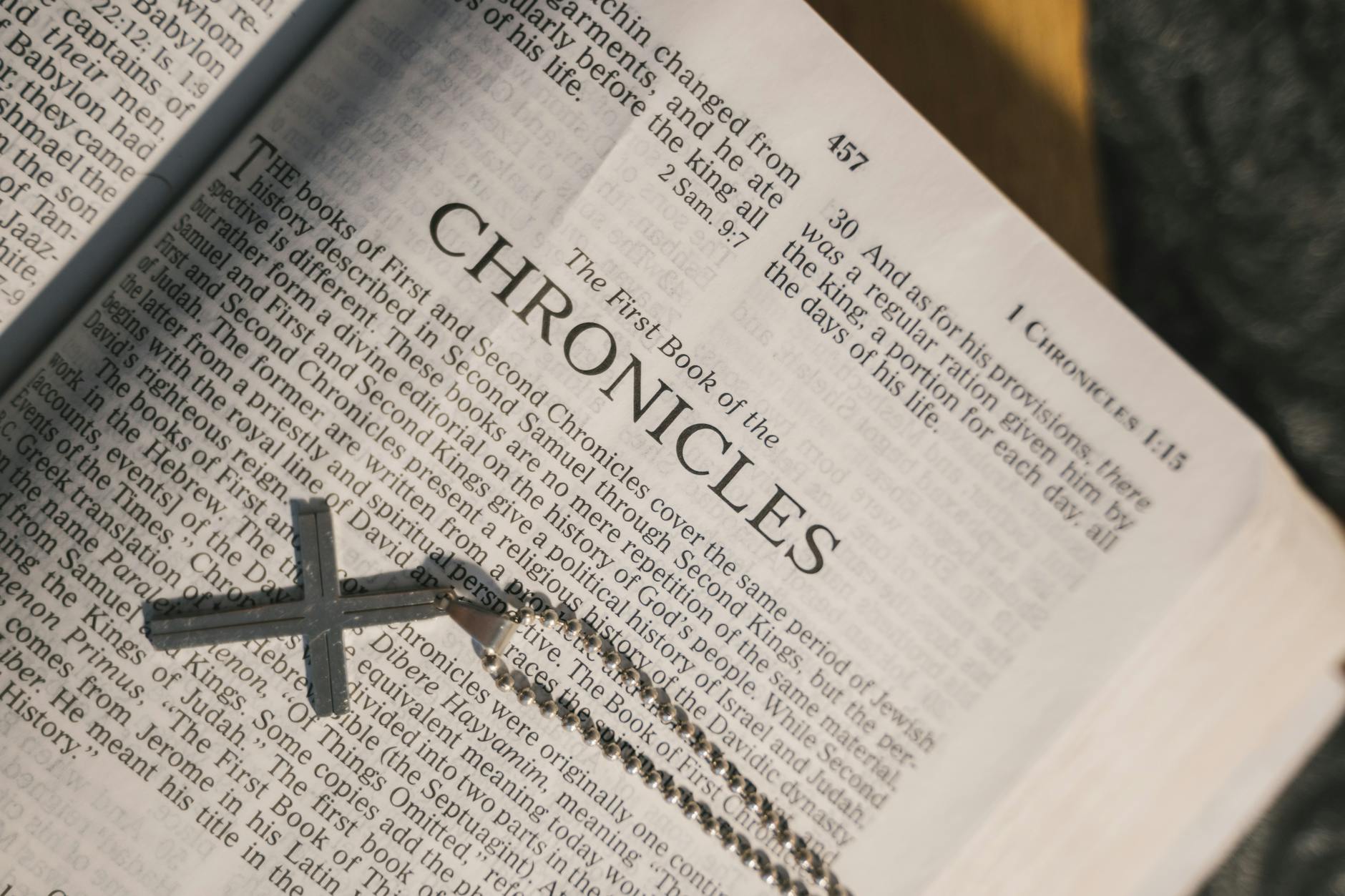










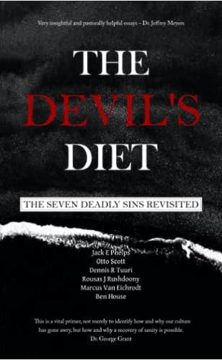
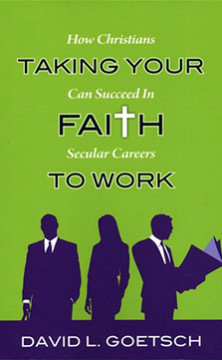
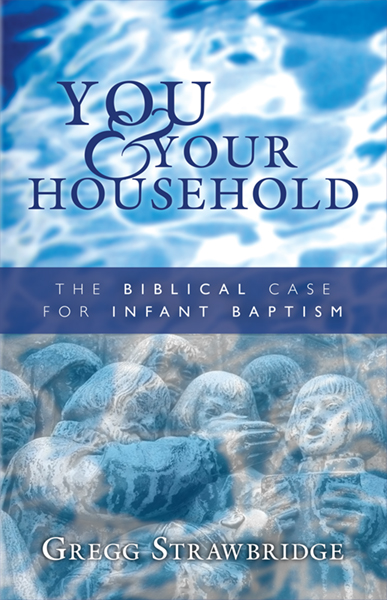
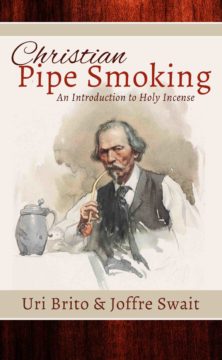
Greetings Pastor. Is there still an ethnic people even with soft edges who claim to worship Jehovah and have built a nation state again? Thank you.